|
The St. John’s Wort Family is a cosmopolitan family of plants with six to nine genera and about 700 species. They may be annual or perennial and they exist as herbaceous, shrub and tree species. The citrus family is a large family which includes herbaceous plants, shrubs and trees. They are mostly native to the tropical zones of the world and they include the well-known foods of the Citrus genus, such as limes, oranges, lemons and grapefruits.
0 Comments
The spurge family is large, having 218 genera and around 6,745 species. They have a worldwide distribution with most in the tropical zones where they exist as forbs, shrubs or trees. In North America, they primarily exist as forbs. Due to the fascinating phenomenon of convergent evolution, some species strongly resemble cacti. But they are far removed from the cactus family.
Passion Flowers (Passion Vines) are members of the family Passifloraceae and are quite common on Wafer Creek Ranch where two species have been identified, purple passionflower, Passiflora incarnata, and yellow passionflower, Passiflora lutea. Purple Passion Vine Passiflora incarnata Yellow Passion Flower Passiflora lutea
The milkweed subfamily contains 348 genera distributed almost worldwide. Our milkweeds of genus Asclepias that exist in the North American temperate zones are forbs having toxic sap, containing cardenolide in the stems and leaves that are poisonous to animals except for the milkweed insects, for which the plants serve as the larval host. Such is the case for the imperiled Monarch butterfly, as well as the Queen butterfly and several species of moth.
The legumes are exceptionally important plants of the grassland woodland ecosystem because they are a very important food source for animals. They produce nectar from the flowers and protein from the seeds (the peas and beans). The legume seeds (the beans and peas) tend to hold their protein content longer than the grasses and other forbs in late winter. In addition, they enrich the soil by their symbiosis with nitrogen fixing bacteria (rhizobia and other bacteria) within the root nodules of the plant. The rhizobia take nitrogen from the air and convert it to nitrogenous compounds, such as ammonia, nitrate and nitrogen dioxide usable by plants, including the host legume, and other organisms. Legumes represent the third largest terrestrial plant family on Earth, following the orchid and sunflower families.
During the decades of the 1960s and 70s, the Cuyahoga River in Ohio caught fire due to buildup of industrial sludge. Washington D.C. was dumping 240 million gallons of industrial waste daily into the Potomac. Salmon in Oregon’s Willamette River died from toxic sewage. Smog and dangerous air pollutants such as carbon monoxide, sulfur dioxide and nitrogen oxides were at their highest levels, and 80 percent of children in the U.S. had elevated blood lead levels. Because of injury from the toxic pesticide, DDT, Bald Eagles and Peregrine Falcons nearly went extinct in the Lower 48, and the Brown Pelican, our state bird, vanished from Louisiana. America had become a dirty and dangerous country.
Angered by this dismal state, Americans spoke up and Congress and President Richard M. Nixon listened. By nearly unanimous agreement of both Republicans and Democrats, the Environmental Protection Agency was born. In his 1970 State of the Union address, President Nixon said, “Restoring nature to its natural state is a cause beyond political party and beyond factions.” The people and the politicians had come together for the good of the country and its wildlife. Humans do not, in any fashion, have “dominion” over the Earth. Such a concept of humanity’s relationship with Earth’s biodiversity is full of arrogance and false identity. It’s pure propaganda. Mother Nature isn’t sweet, but she is certainly in charge. And the sooner we realize it, the better.
Now that we have completed the brief survey of the grasses (family Poaceae) of the shortleaf pine-oak-hickory woodland grassland we can move on to the forbs. Forbs are non-grass, non-woody plants, which basically means that they are not trees, shrubs or grasses. On the other hand, herbaceous plants include the forbs along with the grasses.
|
Johnny Armstrong, Author
#Biodiversity advocate. Ecosystem Restorationist. Steward of an old-growth forest and woodland in northern Louisiana. #ForestFolkMatter #ScienceMatters Rescuing Biodiversity (publishing in June 2023) tells the story of Johnny's attempts at Wafer Creek Ranch to preserve a vanishing Louisiana ecosystem and restore the animal and plant species that once lived there.
“An avowed student of life and restoration ecology, Johnny Armstrong expertly teaches us how to restore an imperiled southern ecosystem based on deep research, firsthand experience, and delighted observation of the species that return to his beloved Wafer Creek Ranch. Driving his devotion is the alarming truth that loss of biodiversity poses a threat on par with climate change and his impassioned belief that society can alter that trajectory, one acre at a time.”
Cindy Brown, Executive Director Land Trust for Louisiana “Up there on your bookshelf between Tolkien and Watership Down is where this book belongs. As an anthropomorphic adventure that winds through the realm of animals possessing courage, savagery, perseverance, and ultimately wisdom in the face of mounting evil threats – humans disconnected from the natural world – the tale is relevant, if not necessary.”
Kelby Ouchley, Author Bayou Diversity: Nature & People in the Louisiana Bayou Country Find an Indie Bookstore
Archives
September 2023
Categories |
CONNECT WITH JOHNNY & THE FOREST-FOLK
JOIN US AT THESE SOCIAL NETWORKS
Shadowshine, An Animal Adventure
by Johnny Armstrong ISBN-10: 1771834609 ISBN-13: 978-1771834605 #ForestFolkMatter #BookstoRead #Fiction #Literature #LiteraryFiction #AnimalFiction |
|
Official Site of Shadowshine, An Animal Adventure ©Johnny Armstrong
Website Developed and Managed by Freelance Creative Support Services
Website Developed and Managed by Freelance Creative Support Services
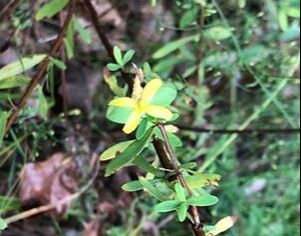
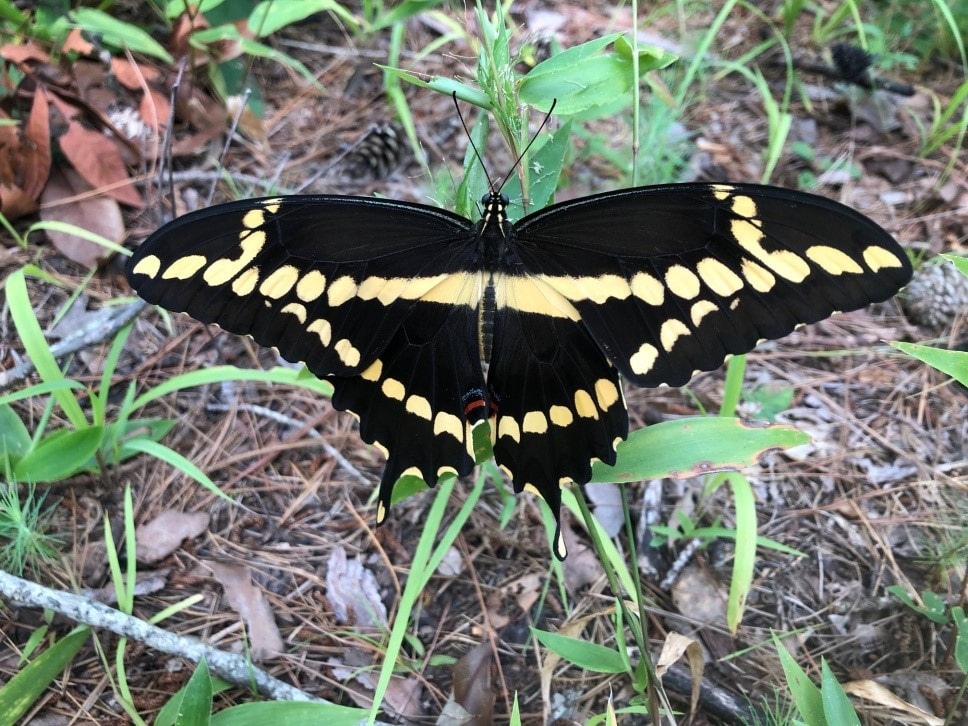

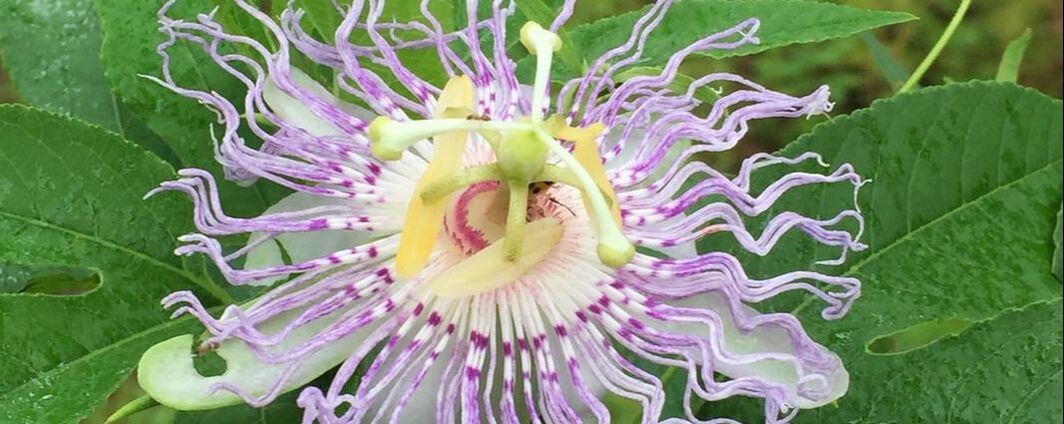
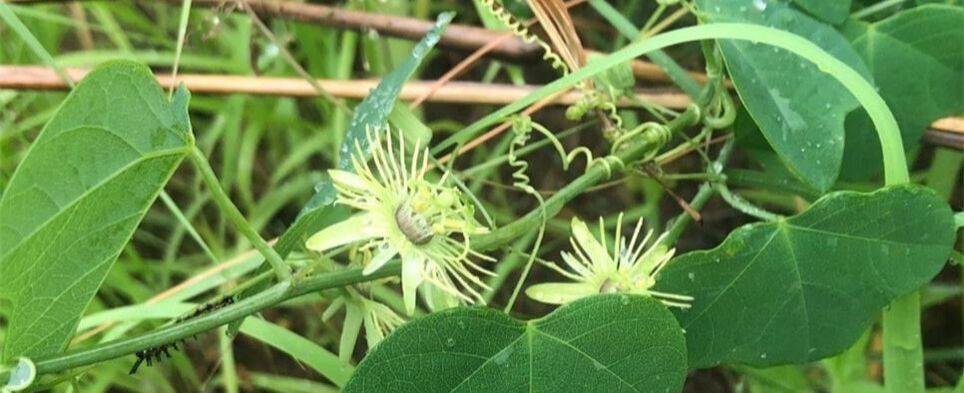



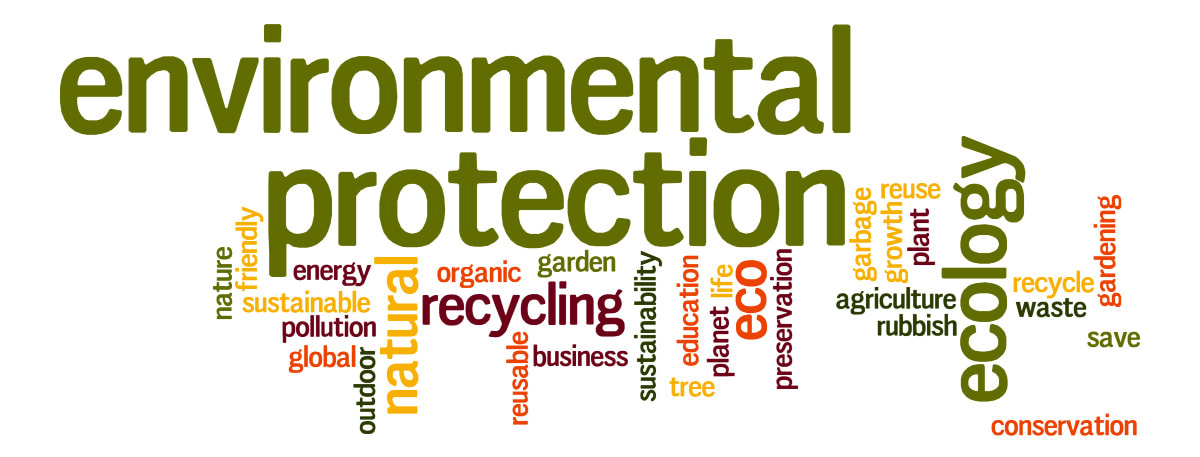


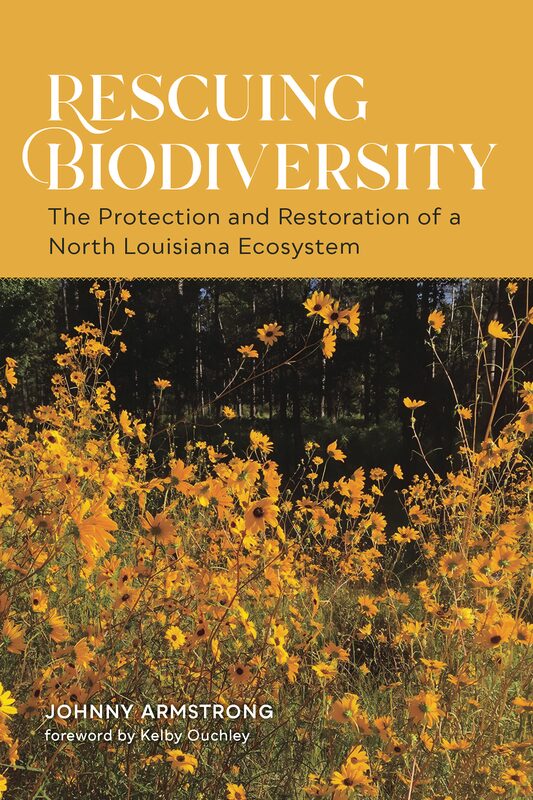
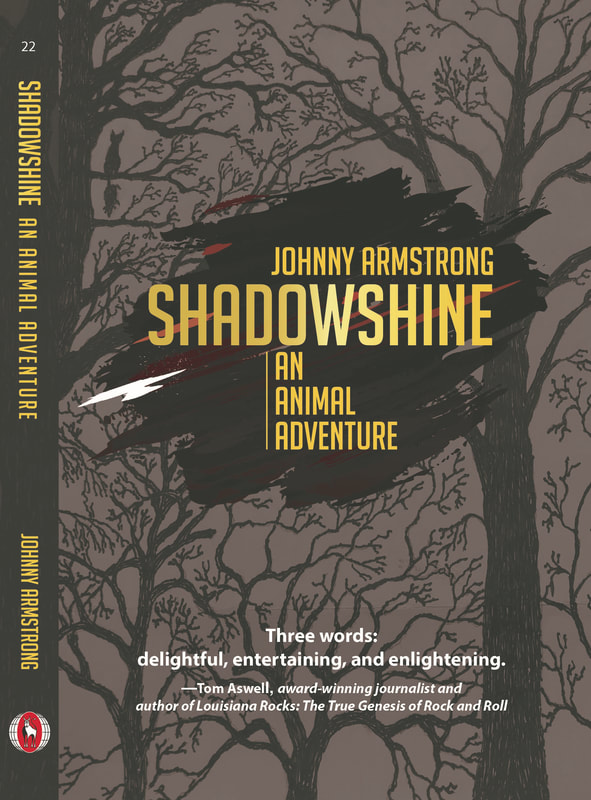

 RSS Feed
RSS Feed
